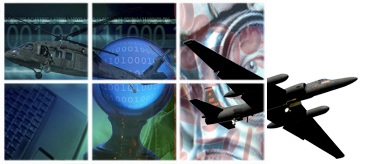HDWizard™ is a hybrid decision support toolkit that provides agent-based decision support for the automated generation of information from disparate and distributed data to support user-defined decision support goals.
Government and industry lack robust, hybridized approaches and methods for applying common sense reasoning techniques in decision support and knowledge management systems. KBSI’s Hybrid Discovery Wizard (HDWizard™) project focused on developing a generic HDWizard™ toolkit that includes data mining, fusion, and inference/reasoning methods.






